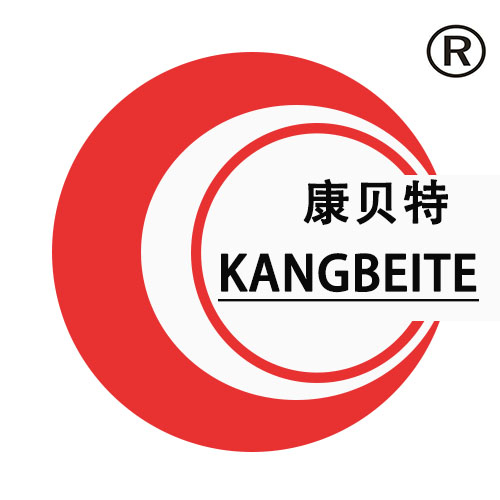In the contemporary food sector, vacuum sealing has become a game-changer for food preservation. Apart from increasing the longevity of products, this technique also preserves quality and taste. In this post, we look at the benefits and technology of vacuum packaging in meeting the needs of international customers looking for safe and effective food preservation.
What is Vacuum Packaging?
With vacuum packaging, air is removed from the package before it is sealed. This greatly reduces the growth of bacteria and mold, allowing for fresher food products. Vacuum packaging also improves the flavor, color, and nutrients of food, making it beneficial for both consumers and businesses.
Advantages of Vacuun Packaging
The advantages of vacuum packaging are numerous. Most importantly, it minimizes food waste because products can now be stored for longer periods. It improves food display as well, with vacuum sealed products looking more appealing. In addition, it saves space by improving the storage and transportation of goods. Ultimately, these advantages lead to cost reduction and greater customer satisfaction for businesses.
Uses Across Multiple Industries
Vacuum packaging is not restricted to the food sector only; it also extends its services in the pharmaceutical, electronics, and even the textile industry. In the food industry, vacuum packaging is used widely for storing meats, cheeses, and even pre-cooked meals. In pharmaceuticals, vacuum sealing guards delicate items from moisture and contamination, ensuring these products are still useful. In electronics, vacuum packaging widely used to curb corrosion alongside any other form of damages during transportation and storage. Vacuum packing technology is indeed flexible and useful across many industries.
Selecting the Appropriate Vacuum Packing Solutions
In choosing solutions for vacuum packing, businesses must keep in mind some important considerations such as the product and its specifications, the material for packing, and the sealing technology. Different machines for vacuum packing exist to suit different purposes. For example: Chamber vacuum sealers are more effective for large scale operations than handheld sealers for smaller businesses. Knowledge of these choices will assist companies to plan strategies that best meet the demands of their business operations.
Future Trends in Vacuum Packaging
With the ongoing focus on sustainability, the principles of environmentalidge marketing biowaste materials and bioplastic packaging are advancing during these times. Technology is also innovating ways of smart sensor integration in Nanotechnology that aid in estimating freshness and give user des data about the product. These trends augur a good future looking toward efficiency, while also remaining eco-friendly for the industry.
To summarize, vacuum packaging is, and is likely to remain, one of the most efficient ways to conserve food and other materials. It is immensely helpful in maintaining the shelf life and minimizing the products’ destruction and adding value to improve the estates overall economic gain. V with a continued focus atmosphere-wise, we expect further innovations to happen in this sector, and it is very essential to be aware of the benefits suctioned from vacuum pakcaging in future for strategic operations.

